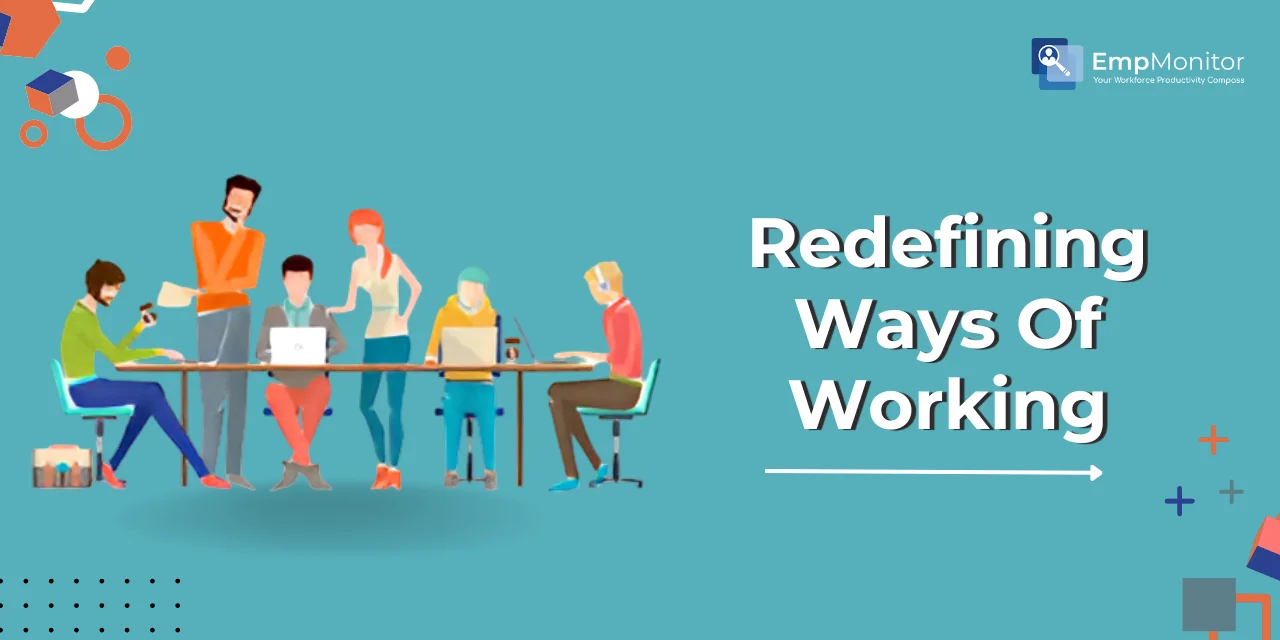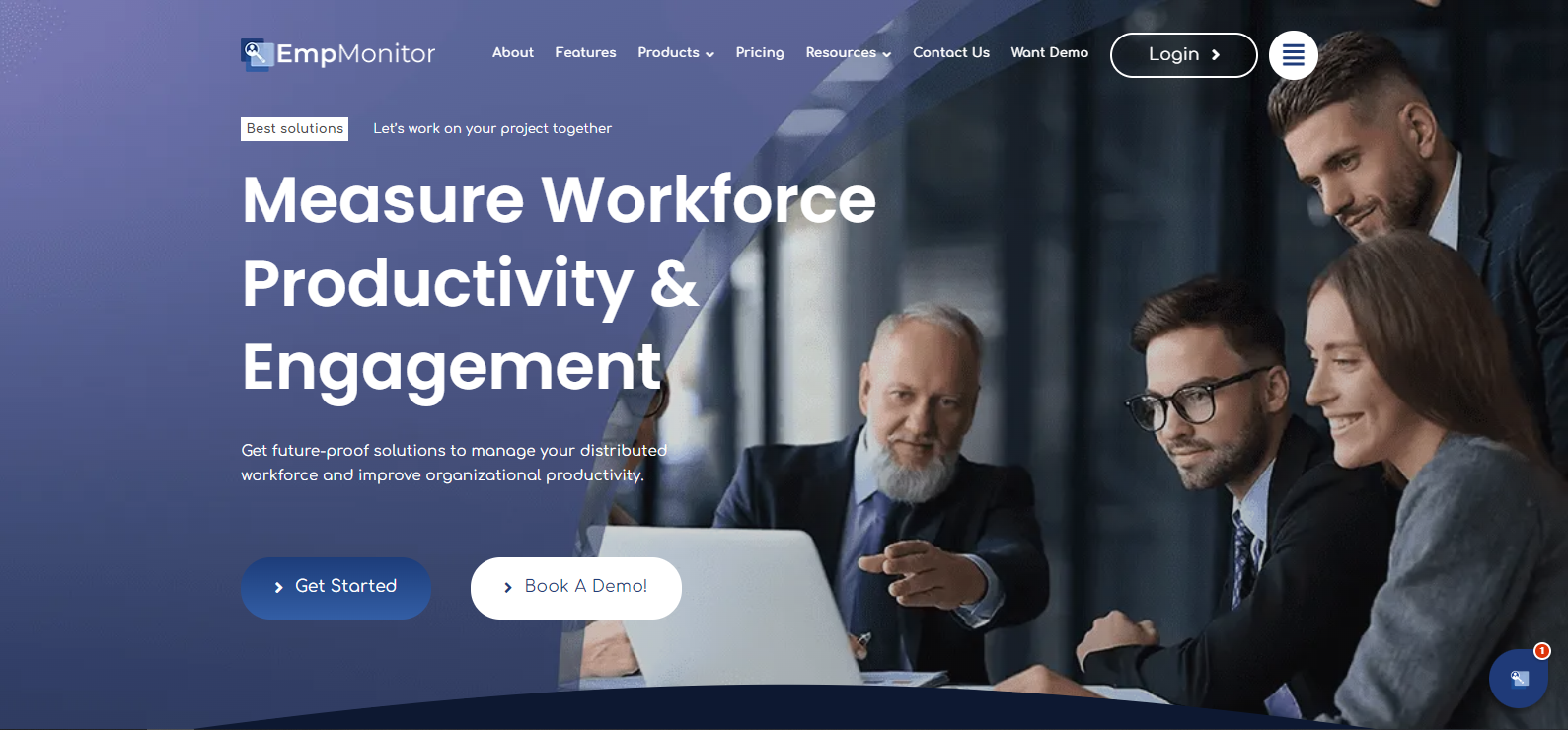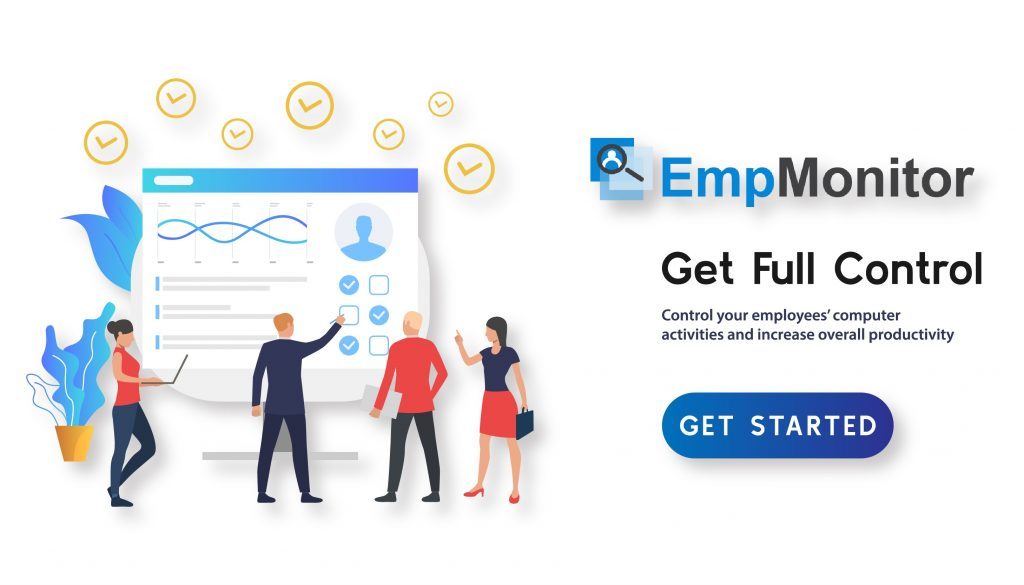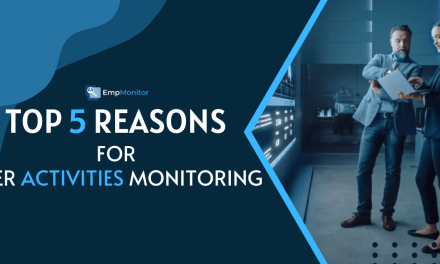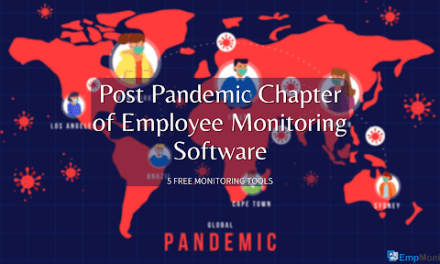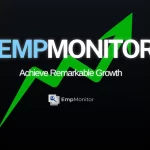Stagnant routines often hold back both individual growth and team potential, but when organizations take a closer look at their ways of working, real transformation begins. Repetitive tasks, lack of variety, and minimal learning opportunities can lead to disengagement, limiting employees from reaching their full potential.
On the other hand, when teams are encouraged to explore new skills and step outside the monotony, it sparks motivation and drives productivity. That’s why it’s essential for businesses to regularly assess and evolve their ways of working, eliminating inefficiencies, redistributing workloads, and creating an environment where learning and innovation can thrive. By doing so, organizations not only prevent burnout but also empower their workforce to grow with purpose and impact.
Listen To The Podcast Now!!
What Are Ways Of Working?

But it’s more than just workflows or checklists, it’s about how decisions are made, how teams communicate, and how progress is measured and celebrated. It’s the unwritten playbook that helps people stay aligned, focused, and effective, no matter how fast things are moving.
When done right, ways of working bring structure and clarity without stifling creativity. They provide rhythm to the workday and ensure that everyone is pulling in the same direction, even in the face of rapid change or complexity.
Also Read:
Latest Guide On The Ways Of Working In Modern Organizations
Make Your Employees More Productive With Six Simple Tips!
Why Redefining Ways Of Working Matters Now?

In today’s landscape, factors like digital transformation, employee well-being, and staying competitive in a fast-moving market all demand a fresh perspective. Without intentional modern ways of working, organizations can find themselves grappling with low productivity, disengaged teams, and inefficient operations.
So, what happens when businesses take the time to update and refine their ways of working? They unlock a variety of valuable benefits, including:
- Stronger collaboration, even when teams are spread across different locations and time zones
- Improved transparency and accountability, ensuring everyone stays aligned, informed, and responsible.
- Clearer connection to business goals, so efforts are focused and strategic
- Improved agility, allowing teams to respond quickly and confidently to change
What Are The Key Elements of Effective Ways Of Working?

1. Communication Protocols
Clear communication is the backbone of any successful team. By establishing guidelines on how and when to communicate, you minimize confusion and ensure that everyone is on the same page. This reduces the chances of time-consuming misunderstandings and enhances team cohesion.
2. Defined Roles and Responsibilities
When every team member understands their role and the expectations tied to it, they can take ownership of their tasks with confidence. This clarity helps reduce bottlenecks, accelerates decision-making, and ensures that work is distributed efficiently.
3. Performance Metrics
Setting clear, measurable goals helps teams stay focused and track progress over time. Using tools like productivity monitoring software enables businesses to keep a pulse on performance without micromanaging. It creates an environment of trust, where employees feel empowered to reach their targets on their terms.
4. Collaboration Tools
Technology should serve as an enabler, not a roadblock. Tools like EmpMonitor and others that facilitate real-time productivity tracking allow teams to collaborate seamlessly, no matter where they are. These tools ensure that everyone has access to the resources they need and keep work flowing smoothly.
5. Continuous Feedback
Feedback shouldn’t be limited to annual reviews. A culture of regular, constructive feedback fosters growth, encourages innovation, and helps employees understand how they’re doing. It helps everyone feel heard and valued, boosting morale and fostering a culture of continuous improvement.
Are You Ready to Explore Agile Ways of Working?

Key Agile Principles:
-
Embrace Change, Even Late in the Process
Change isn’t a setback—it’s an opportunity. Agile teams are equipped to pivot and adapt even when projects are well underway, ensuring that they stay relevant and deliver value.
-
Deliver Value Early and Often
Instead of waiting for the “perfect” finished product, Agile encourages delivering smaller, incremental pieces of value along the way. This keeps momentum going and allows for quicker feedback.
-
Encourage Cross-Functional Teamwork
Agile thrives on collaboration. Teams of diverse skill sets come together to problem-solve, ensuring that every angle is covered and that solutions are comprehensive.
-
Reflect and Adapt Regularly
Continuous improvement is built into the Agile mindset. Teams hold regular reviews to assess progress, learn from challenges, and refine their approach, ensuring they’re always moving forward in the best direction.
Incorporating Agile into your ways of working can drastically streamline processes, enabling teams to move faster and innovate on the fly. This approach is particularly valuable in industries that demand speed and in project-based teams that need to remain adaptable.
A well-defined way of working template serves as a practical guide that helps teams stay aligned, productive and focused. While each organization is unique, your template should serve as a consistent framework that adapts to your specific needs and culture. Here’s what to include:
-
Team Goals and Values
Clear, shared goals give teams a sense of purpose and direction. When everyone is aligned around common values, it’s easier to work together toward achieving those objectives.
-
Roles and Responsibilities
Defining roles from the start creates clarity and reduces confusion. Team members should know what’s expected of them, so they can take ownership and contribute meaningfully to the team’s success.
-
Communication Methods
Clear communication channels are crucial for collaboration. Whether it’s email, messaging apps, or video calls, outlining how teams will communicate ensures that important messages don’t get lost in the shuffle.
-
Meeting Cadences
Regular meetings keep teams connected and on track, but knowing when and why to meet is just as important. Establishing a meeting cadence helps manage time efficiently while making sure key discussions happen when needed.
-
Workflow Tools and Platforms
The right tools streamline processes and enable smooth collaboration. From project management software to real-time communication platforms, having a well-organized set of tools makes work more efficient.
-
Decision-Making Processes
Deciding how decisions will be made, whether by consensus, leadership, or a mix of both, helps avoid delays and ensures the team moves forward with confidence.
Having this template on hand, especially when onboarding new team members or assembling cross-functional groups, keeps everyone on the same page. It’s a simple yet powerful way to ensure that your team stays aligned and focused, no matter what challenges arise.
How EmpMonitor Enhances Modern Ways Of Working?
EmpMonitor is a powerful platform that brings clarity and structure to modern ways of working. By using real-time data, insights, and customizable features, it helps organizations streamline operations and improve workforce productivity.
Key Features:
-
Employee Monitoring Software
The blog discusses how tracking productivity and fostering an environment of trust is essential. EmpMonitor’s Employee Monitoring Software offers:
- Detailed team activity analysis: Provides insights into daily and hourly activities, helping managers understand how teams are performing and where improvements can be made.
- Context-rich reporting: The software offers reports that provide not just data, but meaningful insights, which align with the blog’s emphasis on improving performance without micromanaging.
-
Time-Tracking
As remote and hybrid work models become more common, the need for effective time management and productivity tracking is critical. EmpMonitor’s Time-Tracking feature addresses this:
- Meticulous time monitoring: Helps managers check accountability and observe employees’ time usage during shifts, ensuring that work hours are optimized.
- Accurate time-sheet reports: Offers detailed reports, empowering businesses to assess performance effectively, as discussed in the blog’s section on measuring productivity.
-
User Activity Monitoring
To ensure team productivity and address the challenges of remote work, User Activity Monitoring is key:
- Provides detailed analysis of daily or hourly team activities: Helps managers track team productivity in real-time, supporting the blog’s point about measuring performance and ensuring continuous feedback.
- Efficiently track and enhance team productivity: Aligns with the blog’s idea of fostering a productive environment through technology that supports the team without overwhelming them.
-
Insider Threat Prevention
In a world where businesses face security risks, EmpMonitor’s Insider Threat Prevention feature is highly relevant:
- Enhances security by preventing insider threats: Aligns with the need for accountability and operational efficiency in organizations, as mentioned in the blog.
- Identifies potentially harmful activities in real-time: This is particularly useful in maintaining a safe and productive work environment, ensuring that the focus remains on high-performance work without distractions from malicious behavior.
-
Attendance Monitoring
With many businesses transitioning to remote or hybrid setups, tracking attendance and leave is essential for clarity and accountability:
- Saves time with efficient attendance tracking: The blog highlights the need for clear structures, and this feature supports that by automating attendance management, making processes more efficient.
- Paperless processes for leave management: Streamlining attendance and leave management ties back to the blog’s focus on improving operational efficiency.
These tools allow you to define and measure ways of working effectively, promoting both accountability and trust.
The shift to remote work has brought a wealth of opportunities, but it’s also introduced a set of unique challenges. Without the ability to directly observe their teams, managers often find it difficult to fully support and evaluate performance. This is where productivity monitoring software, like EmpMonitor, becomes an invaluable tool.
With these tools, organizations can:
-
Reduce Time Theft
Remote work can blur the lines between personal and professional time. Productivity monitoring helps ensure that work hours are used effectively, reducing the potential for distractions and time theft.
-
Ensure Compliance with Labor Laws
Staying compliant with labor laws is crucial, especially in remote environments. Productivity software helps track work hours and breaks, ensuring that companies adhere to regulations and protect their employees’ rights.
-
Detect Burnout and Prevent Overwork
Continuous monitoring allows managers to spot signs of burnout before it becomes a serious issue. With visibility into work patterns, they can prevent employees from becoming overwhelmed and ensure a healthy work-life balance. This will also increase employees’ productivity.
-
Encourage Better Time Management Habits
Tracking productivity can help individuals recognize areas for improvement in their time management. Over time, this can foster healthier work habits, empowering employees to become more organized and efficient.
These capabilities directly align with high-performance ways of working, where freedom and responsibility go hand in hand. By offering managers insights while also respecting employee autonomy, productivity monitoring helps create a balanced, effective remote work environment.
How To Roll Out New Ways Of Working Successfully?

-
Get Leadership Buy-In
Change begins at the top, and securing leadership support is key to driving any transformation. When executives are aligned and committed to the vision, it sets the tone for the entire organization and helps integrate the new approach into broader business goals.
-
Involve Your Teams Early
Involving employees from the start is essential for creating a culture of collaboration. By gathering their input, you not only make the transition more relevant to them but also foster a sense of ownership, ensuring they’re invested in the process.
-
Pilot Programs
Instead of going all in at once, start small with test groups. This allows you to identify any potential hurdles and fine-tune the process before scaling it across the entire organization. It’s a safer approach that provides valuable insights for improvement.
-
Train and Communicate
Training isn’t just about learning new systems; it’s about preparing your team for change. Investing in proper training and providing clear, consistent communication ensures that everyone feels confident and supported during the transition.
-
Use the Right Tools
Platforms like EmpMonitor provide valuable data that helps you measure the effectiveness of your new ways of working. By monitoring progress and gathering insights, you can make informed adjustments along the way, ensuring the approach remains effective and aligned with your goals.
3 Ways of Working for Different Team Types
Every team is different, and their ways of working should reflect that. Here’s how to adapt for common team types:
-
Remote Teams
For remote teams, the focus should be on creating clear asynchronous communication channels and leveraging visibility tools like EmpMonitor. This ensures that everyone stays informed and accountable, no matter where they are working from, without the need for constant check-ins.
-
In-office Teams
In-office teams benefit from the power of face-to-face collaboration, so it’s important to emphasize in-person interaction and real-time feedback. Spontaneous conversations and immediate responses help build strong relationships and boost team morale.
-
Hybrid Teams
Balancing the experience for hybrid teams requires intentional effort. Ensuring parity between in-office and remote staff is crucial. By using unified communication protocols and productivity monitoring tools, you can create a seamless environment where everyone feels equally connected and valued, regardless of location.
-
Cross-functional Teams
When working with cross-functional teams, a standardized ways of working template is essential. This ensures everyone is aligned on roles, expectations, and workflows, preventing silos from forming and ensuring that the team collaborates smoothly towards common goals.
What Is The Future Proofing Your Ways Of Working?

Trends to Watch:
-
AI Integration for Workflow Automation
AI-powered tools are transforming how we work by automating routine tasks, allowing teams to focus on higher-value work. Integrating AI into your workflows can boost efficiency, reduce errors, and free up time for innovation.
-
Greater Focus on Well-being and Work-life Balance
As work evolves, so does the importance of employee well-being. Organizations are placing more emphasis on fostering a balanced and healthy work environment, ensuring that employees feel supported both professionally and personally.
-
Increased Use of Employee Monitoring Software for Proactive Management
Employee monitoring software, like EmpMonitor, is being used more strategically to identify performance trends, spot burnout, and ensure employees aren’t overworked. It’s about being proactive, not invasive—creating a culture of support and continuous improvement.
-
Sustainability and Eco-friendly Operations
As environmental concerns grow, companies are focusing more on sustainable practices, from reducing waste to adopting eco-friendly technologies. It’s no longer just a trend; it’s becoming a responsibility to ensure that business operations align with sustainability goals.
-
A Flexible, Data-driven, and Empathetic Approach
The future of work demands flexibility, backed by data-driven decision-making and an empathetic mindset. By listening to employee feedback, analyzing performance data, and being open to change, businesses can create systems that are both robust and adaptable to future needs.
Conclusion
Behind every great outcome is a team that works with clarity, purpose, and trust.
Reimagining how work flows through your organization is a powerful step, one that prioritizes people, aligns goals, and connects daily actions to long-term success.
Tools like EmpMonitor empower teams with visibility and focus, while agile ways of working encourage adaptability and ownership.
When people work better together, results naturally follow. It’s time to build that kind of workplace.
FAQs
Q1: What is the difference between ways of working and company culture?
A: While company culture is the collective values and behaviors of an organization, ways of working refer specifically to how tasks are executed, decisions are made, and communication happens.
Q2: Can small businesses benefit from tools like EmpMonitor?
A: Absolutely. Workforce monitoring software like EmpMonitor is scalable and offers insights that help small teams optimize time and output.
Q3: How do I know if my ways of working are effective?
A: Track productivity, gauge employee satisfaction, and evaluate project outcomes for a comprehensive view of performance. Tools like productivity monitoring software provide real-time data for better evaluation.
Q4: Are employee monitoring tools legal?
A: Yes, as long as they’re used ethically and transparently. Always inform your team and comply with local regulations.
Q5: How do Agile ways of working support innovation?
A: Agile encourages experimentation, short feedback loops, and adaptive planning—all of which foster a culture of innovation.

